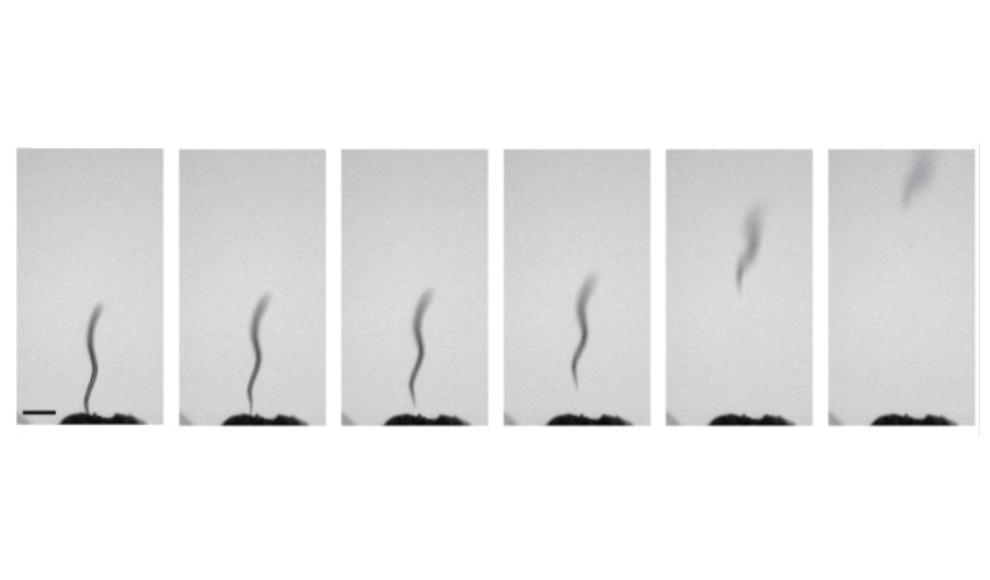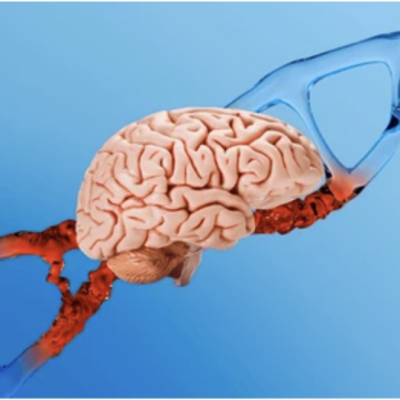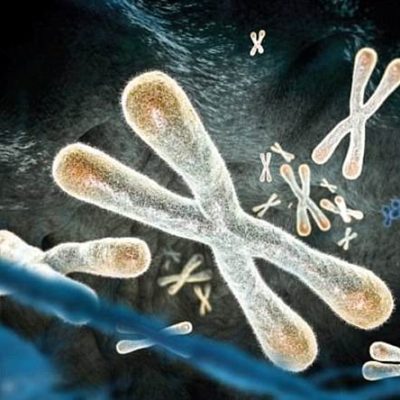In a fascinating discovery, researchers at Hiroshima University have found that tiny nematode worms, Caenorhabditis elegans, use static electricity to jump, glide through the air, and attach themselves to other insects. This energy-efficient mode of transportation allows the worms to cover long distances by hitching a ride on larger, statically charged animals such as bees. The study, published in Current Biology, sheds light on how terrestrial animals interact with each other using electric fields.
The researchers began their study by observing that the worms often landed on the lids of their petri dishes. Upon closer inspection, they found that the worms were not just climbing up the walls of the container, but were actually jumping from the bottom to the top. Suspecting that the worms were using an electric field to propel themselves, the team placed them on a glass electrode and found that they only jumped when a charge was applied. The worms jumped at an average speed of 0.86 meters per second, which increased with the intensity of the electric field.
The researchers then rubbed pollen on a bee to create a natural electric charge and found that the worms were able to jump onto the bee’s back. Some worms even stacked on top of each other to form a column, transferring up to 80 worms at once across a gap. The study suggests that flying insects naturally accumulate a charge that creates an electric field along which C. elegans can travel. However, it remains unclear how the worms execute this behavior, and the genetics of the worms may play a role. The researchers observed similar jumping behavior in other worm species closely related to C. elegans, but mutants that cannot perceive electric fields jumped less than their normal counterparts.
This discovery highlights the potential for electric fields to facilitate interactions between different terrestrial animals. It also raises questions about the role of electric fields in the behavior of other animals and the potential for harnessing electric fields for transportation.










